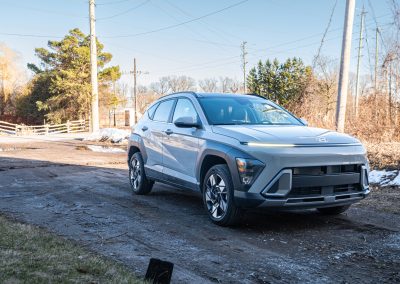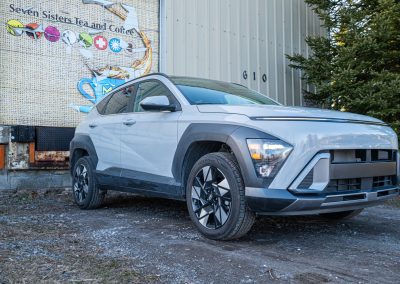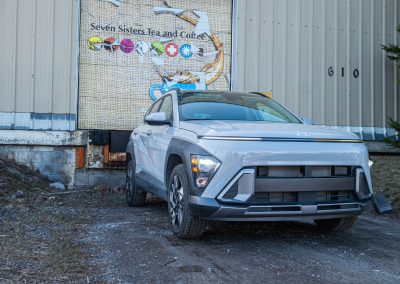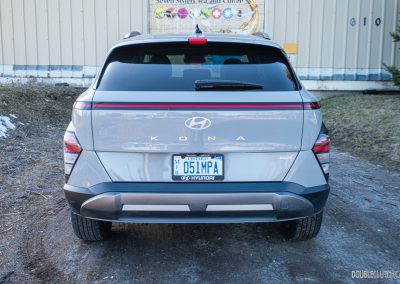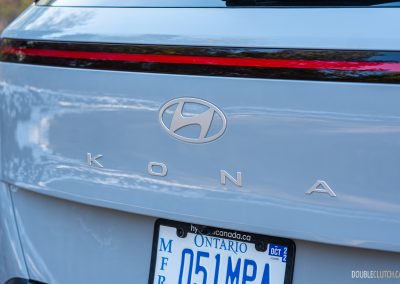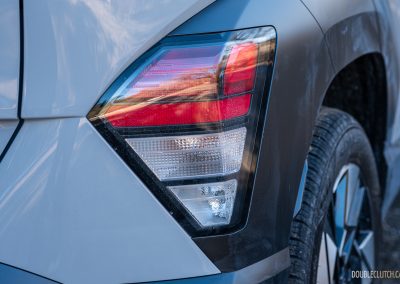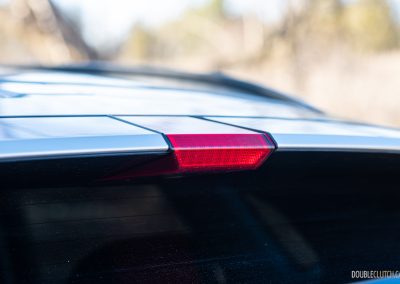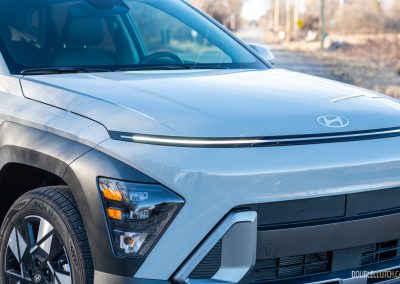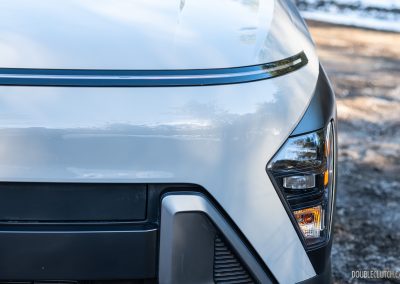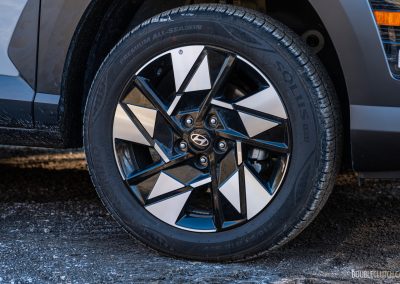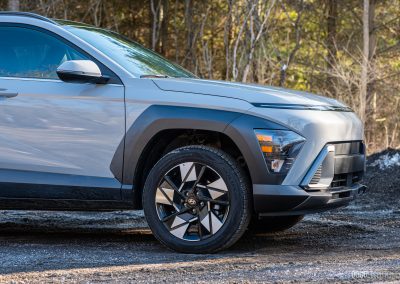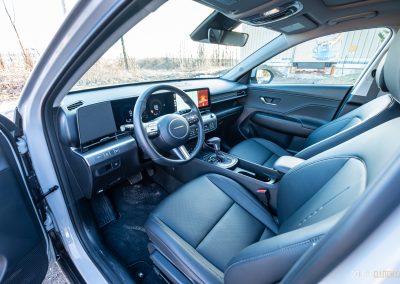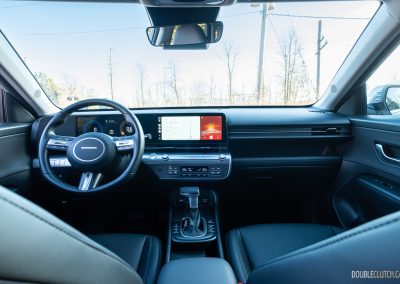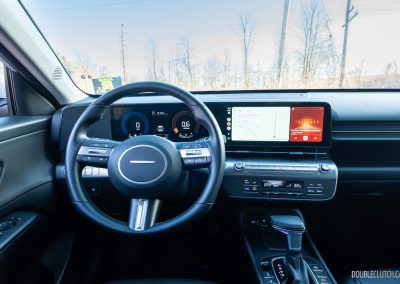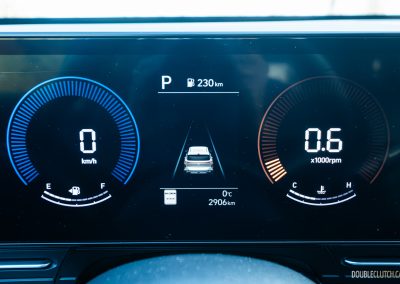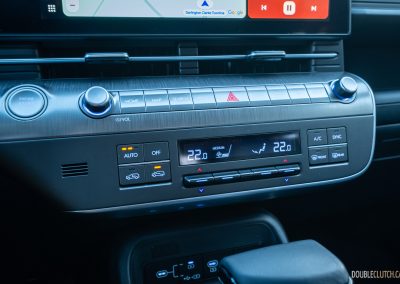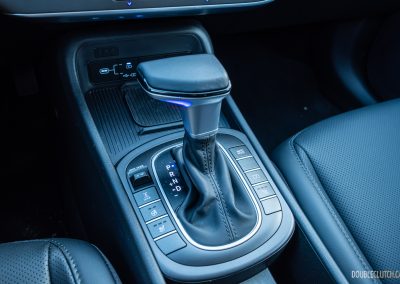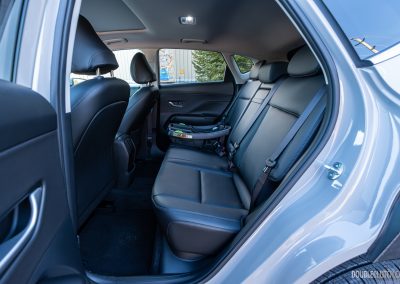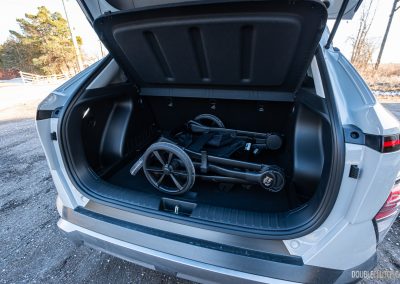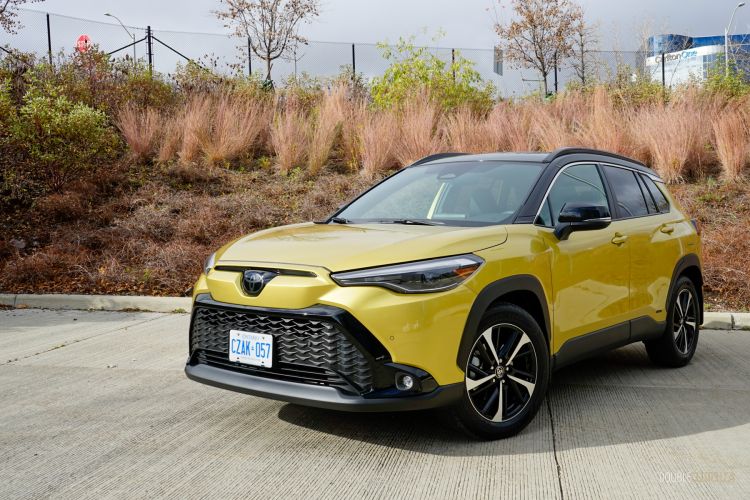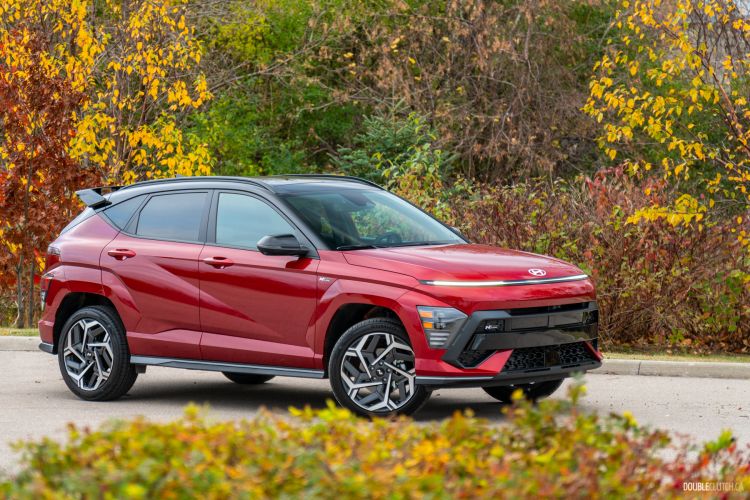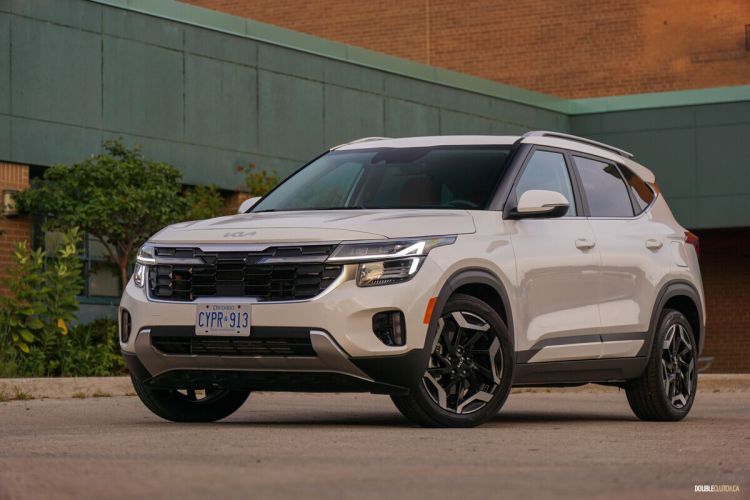Hyundai has a total of seven crossovers and SUVs in its lineup, so you’d be forgiven if you forgot the 2024 Hyundai Kona Preferred still exists. It’s hard to keep up with all the new and updated models from the last little while, doubly so when you factor in similar variants from sister company Kia. But choice is good for consumers, so if Hyundai wants to deliver variety, I’m not one to say no.
The Kona sits near the bottom end of Hyundai’s crossover lineup, sitting just above the Venue — you forgot about that one, too, didn’t you? Furthering the theme of variety, the redesigned-for-2024 Kona is available with not one, but three powertrains: a normally aspirated inline-four in this tester, a turbocharged four-cylinder in the sporty N-Line, and a fully electric version at the top end of the lineup.
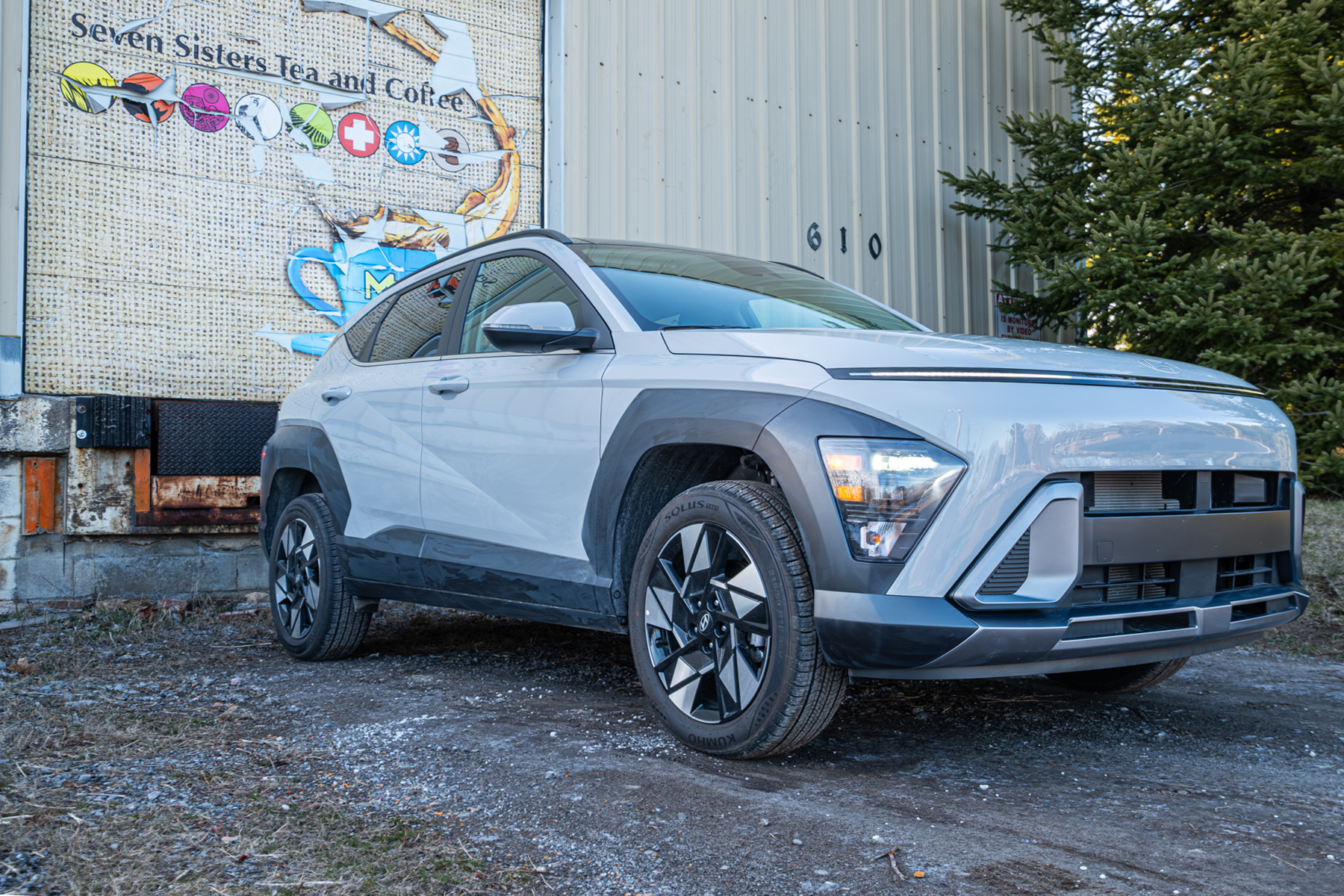
For this second generation, the Kona looks cleaner and less busy. Whereas the outgoing model had a somewhat juvenile look to it, the 2024 model cleans it up and looks a tad more upscale in the process. It’s definitely futuristic-looking; I was asked numerous times if it’s an EV, which makes sense given that Hyundai designed the EV version first.
The Kona has always been a popular choice in the subcompact crossover segment, alongside the Subaru Crosstrek, Mazda CX-30, and countless others. Compared to those two, I’d argue the Kona looks more unique and premium compared to the Crosstrek, but far less so than the attractive but slightly aging CX-30. The Kona feels like it was inspired by Robocop, with a visor-like light strip running along the front edge of the hood, and finished in a colour Hyundai calls Cyber Grey.
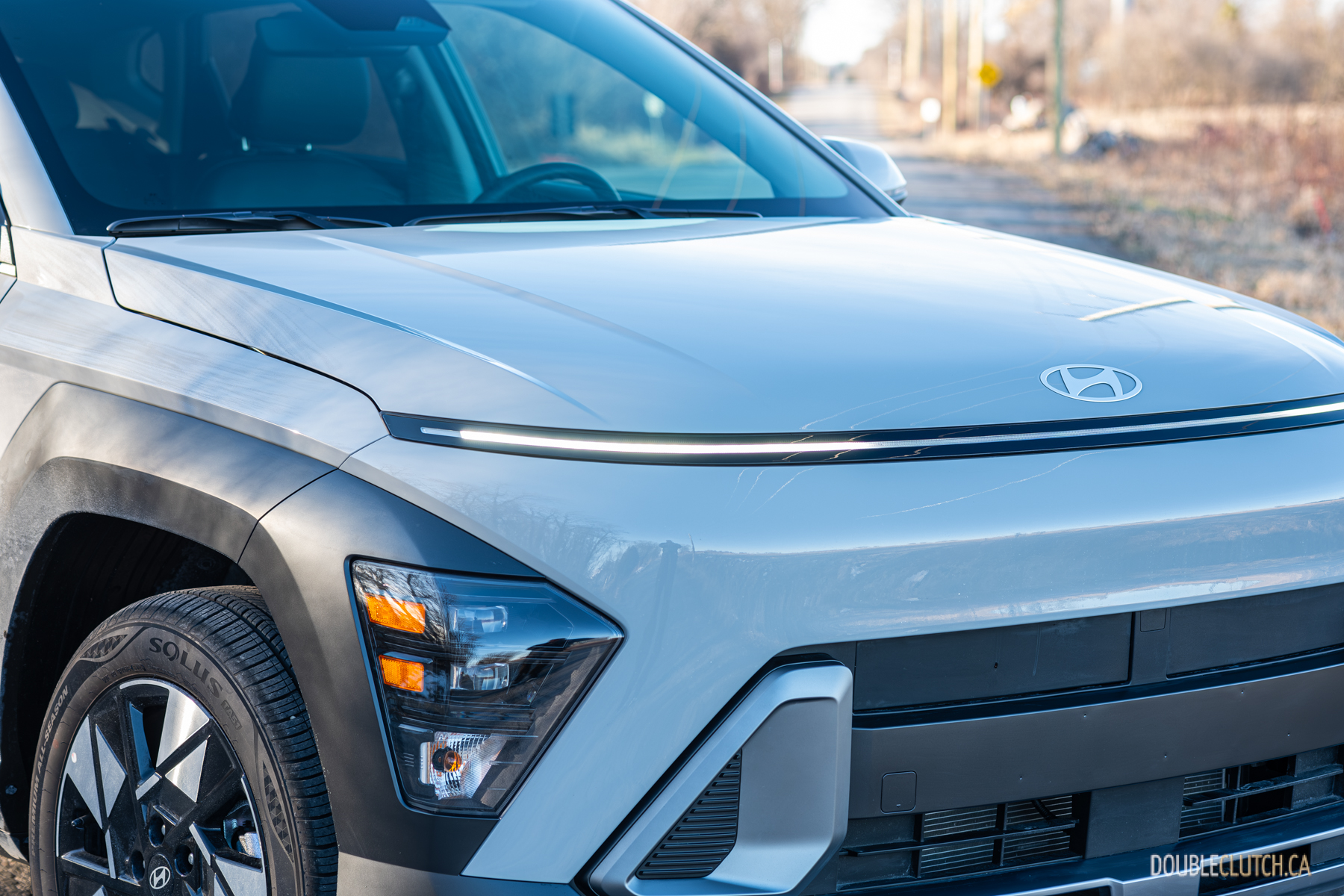
The 2024 Kona the retains the busy split-lighting treatment both front and back from the previous-gen model, and the wheel arches have a Subaru-esque body cladding treatment. The character lines down the side are very Elantra-like — in fact, there’s a strong familial resemblance to the Elantra and a bit of Tucson — though the 18-inch wheels look busy. They’re not really my cup of tea personally, but they might be yours.
Once you add the Trend package, the Kona Preferred is well-equipped for its $32,499 as-tested sticker price. It includes a number of safety and driver assists like adaptive cruise control, blind-spot monitoring, and lane-departure warning, plus creature comforts like heated leatherette seats, a heated steering wheel, wireless phone charging, wireless Apple CarPlay and Android Auto connectivity, and a lot more for the money. But it’s not perfect: Android Auto would randomly disconnect, and the wireless charging pad overheated my phone on a few occasions.
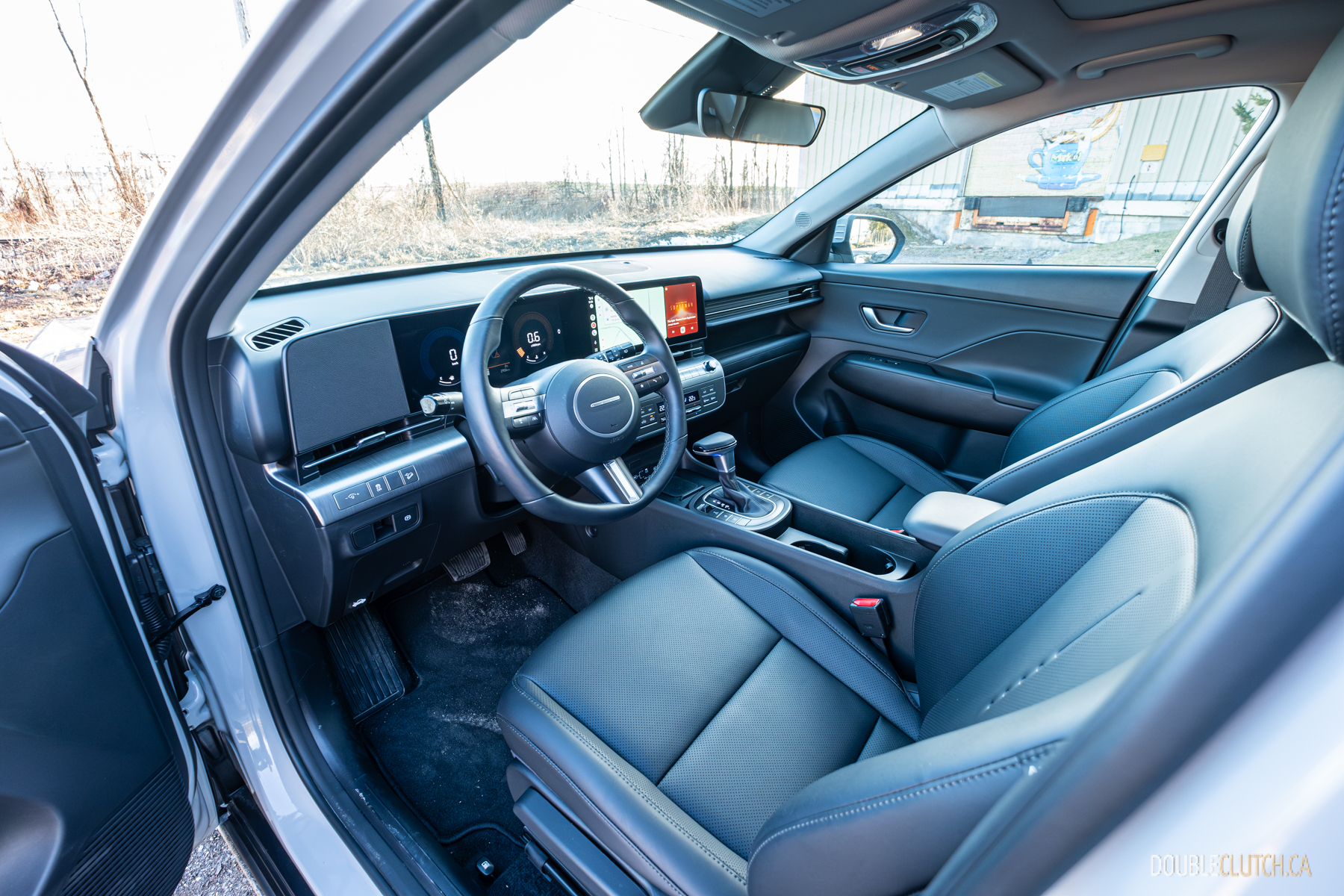
The leatherette seats felt comfortable but basic, on par with the class but bested by the CX-30. Space is adequate up front, but a little tight in the rear for a rear-facing child seat; I had to move the front passenger seat forward, despite my wife being five-foot-three. Trunk space is more than generous, though, and can easily fit a stroller laying flat. The dash is well-designed with a nice mix of quality materials throughout, and I especially liked the brushed metal-look trim on the physical switchgear below the 12.3-inch infotainment touchscreen.
Speaking of the infotainment, I love the fact that Hyundai has a great user interface for the infotainment yet still provides physical shortcuts for virtually everything. The digital gauge cluster is basic, showing the speed, engine revs, and a multi-function readout in the middle, but it’s clean and works well. The biggest omission inside is the lack of ambient lighting, which would have been nice to break up the sea of mostly black. You’ll have to step up to the pricier Kona models for that.
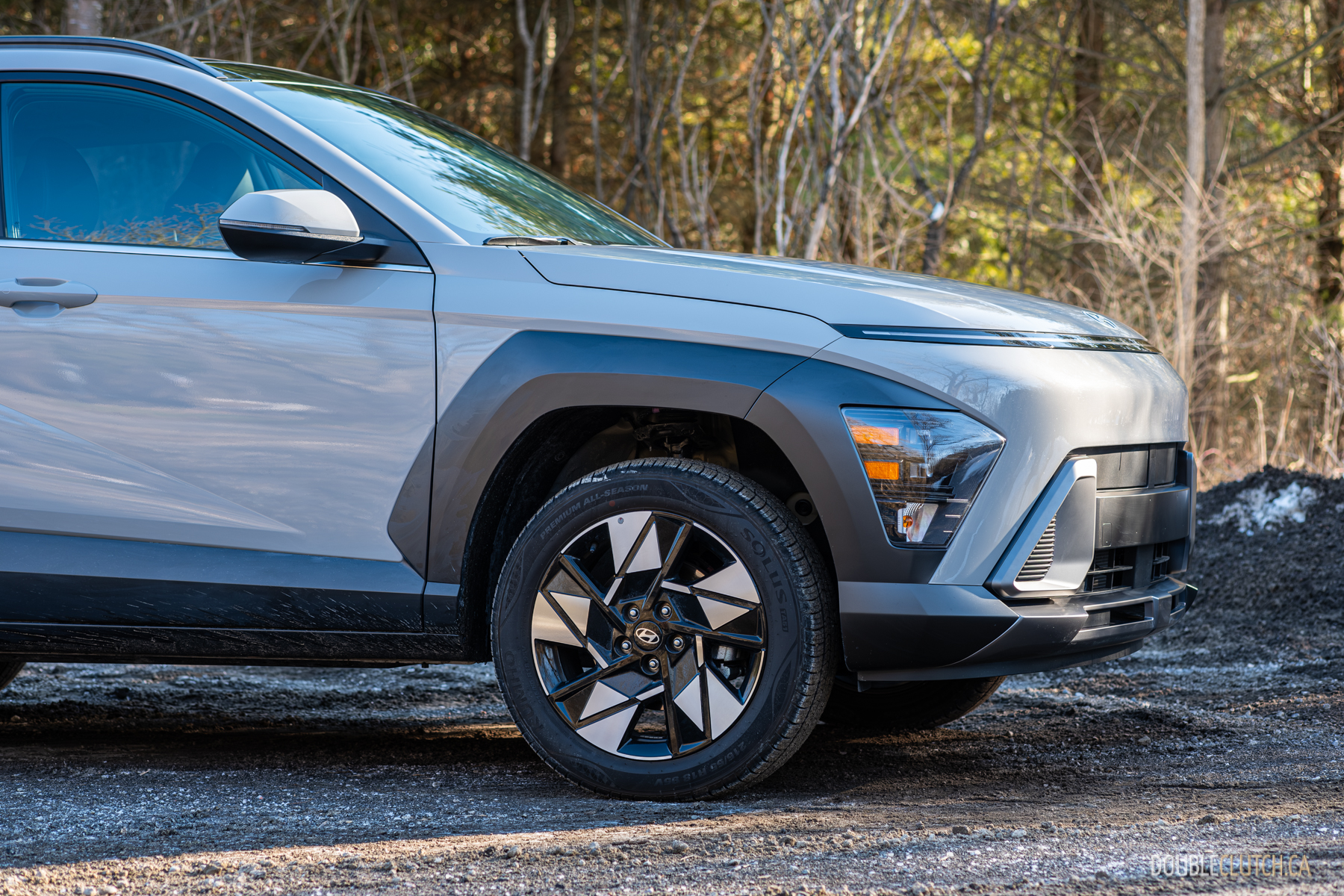
The Kona Preferred is powered by a normally aspirated 2.0-litre four-cylinder engine, mated to a continuously variable transmission. It does a pretty good job of maximizing the Kona’s 147 horsepwoer and 132 pound-feet of torque, put through all four wheels via Hyundai’s HTRAC all-wheel-drive system. The steering is nicely weighted and ride quality is pleasant, if a little floaty and lacking in dynamic excitement. On the highway, I felt some low-grade vibrations and wind noise seemed relatively high, but that isn’t the only audible misstep. The engine sounds decidedly low-rent when you give it some juice and the CVT holds the revs as you get up to speed, but it’s decently frugal, averaging 9.7 L/100 km in mixed city and highway commuting in winter.
The 2024 Hyundai Kona Preferred is a good bet in the subcompact crossover segment. I now understand why I see them everywhere, even these just-released 2024 models. The Kona is roomy, well-equipped, and offers a variety of powertrain options depending on your priorities. But personally, with my money on the line, I’d end up in the more powerful and similarly priced CX-30 GS.

